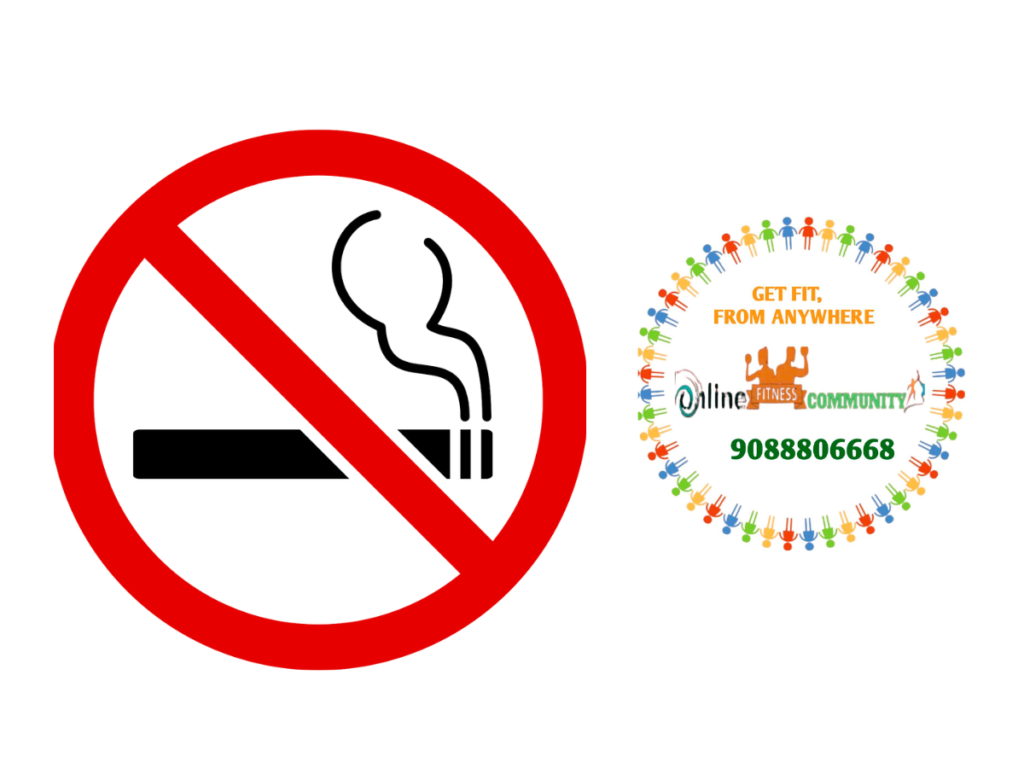How to Quit Smoking

How to Quit Smoking: A Practical Guide to Reclaiming Your Health’.
Start with your why. Your motivation will be your anchor throughout the journey.
Ask yourself:
-
Are you worried about your health?
-
Do you want to be around longer for your family?
-
Are you tired of spending money on cigarettes?
-
Do you want to breathe easier and feel better every day?
Write your reasons down. Keep them somewhere visible—on your phone, your fridge, or your bathroom mirror. Revisit them often.
Prepare for Withdrawal and Cravings
Nicotine withdrawal symptoms usually begin within a few hours of quitting and peak within the first few days. You might experience.
-
Trouble sleeping
-
Difficulty concentrating
-
Anxiety
-
Irritability
-
Cravings
Identify and Avoid Triggers
Triggers are situations, people, or emotions that make you want to smoke. Common ones include:
-
Drinking alcohol
-
Feeling stressed or anxious
-
Socializing with other smokers
-
Drinking coffee
-
After meals or while driving
-
Replace smoking after meals with a short walk.
-
-
Try deep breathing or stretching during stressful moments.
-
Switch to tea if coffee makes you want to light up.
Avoid high-risk situations, especially in the early days. Over time, your brain will stop associating these moments with smoking.
-
-
Benefits of Quitting Smoking and a Quit Smoking.
- Quitting smoking can lead to many longterm benefits for your health. But you may experience some short-term withdrawal symptoms, such as headache, constipation, and insomnia. Speak to a doctor if you need help managing these symptoms.
- here is health and life Benefits from quitting smoking include
-
Better sense of taste and smell
-
More energy
-
Whiter teeth
-
Healthier skin
-
A greater sense of control over your life
-

